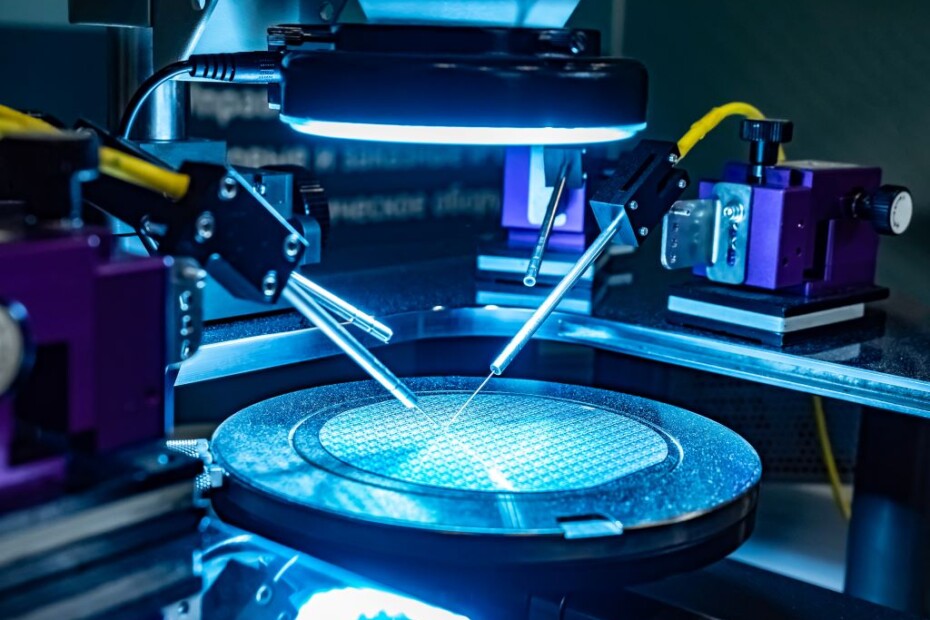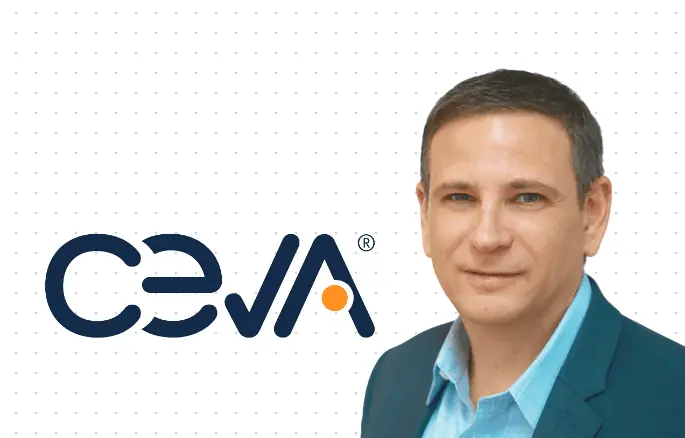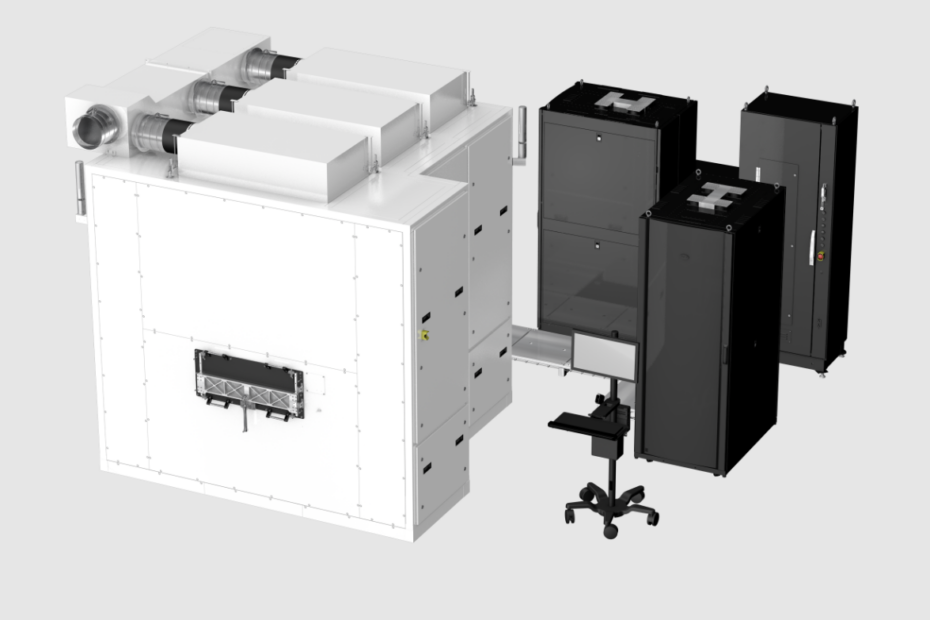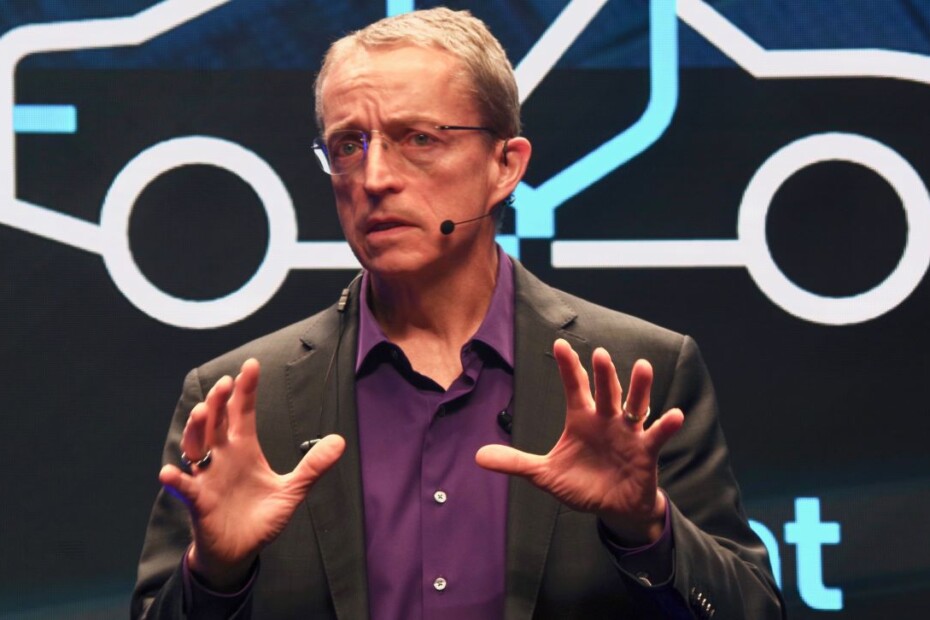Intel Tackles an Old Nemesis with Little Room for Errors
By Bolaji Ojo
What’s at stake?
Intel has a comprehensive restructuring and recovery plan, but it is also being dogged by a self-created problem: low capacity utilization. It’s a hydra-headed challenge with conflicting solutions. By constructing new fabs, Intel adds to its fab-loading headache but not doing this will hobble the company’s competitiveness in the foundry business upon which its foundry future is now hinged. Will becoming a foundry for other foundries solve this problem?
Intel Corp.’s ongoing fab addition and expansion plan could potentially become a hugely profitable and restorative move or a major financial disaster.
And it all boils down to a simple but dreaded phrase: capacity utilization rate.
Whether Intel succeeds with its IDM 2.0 plan comes down to a single question: Will the chipmaker find enough customers for its foundry business and boost sales in its traditional business to push capacity utilization rate over currently low levels and above the strongly margin-boosting 80 percent rate?
Read More »Intel Tackles an Old Nemesis with Little Room for Errors








